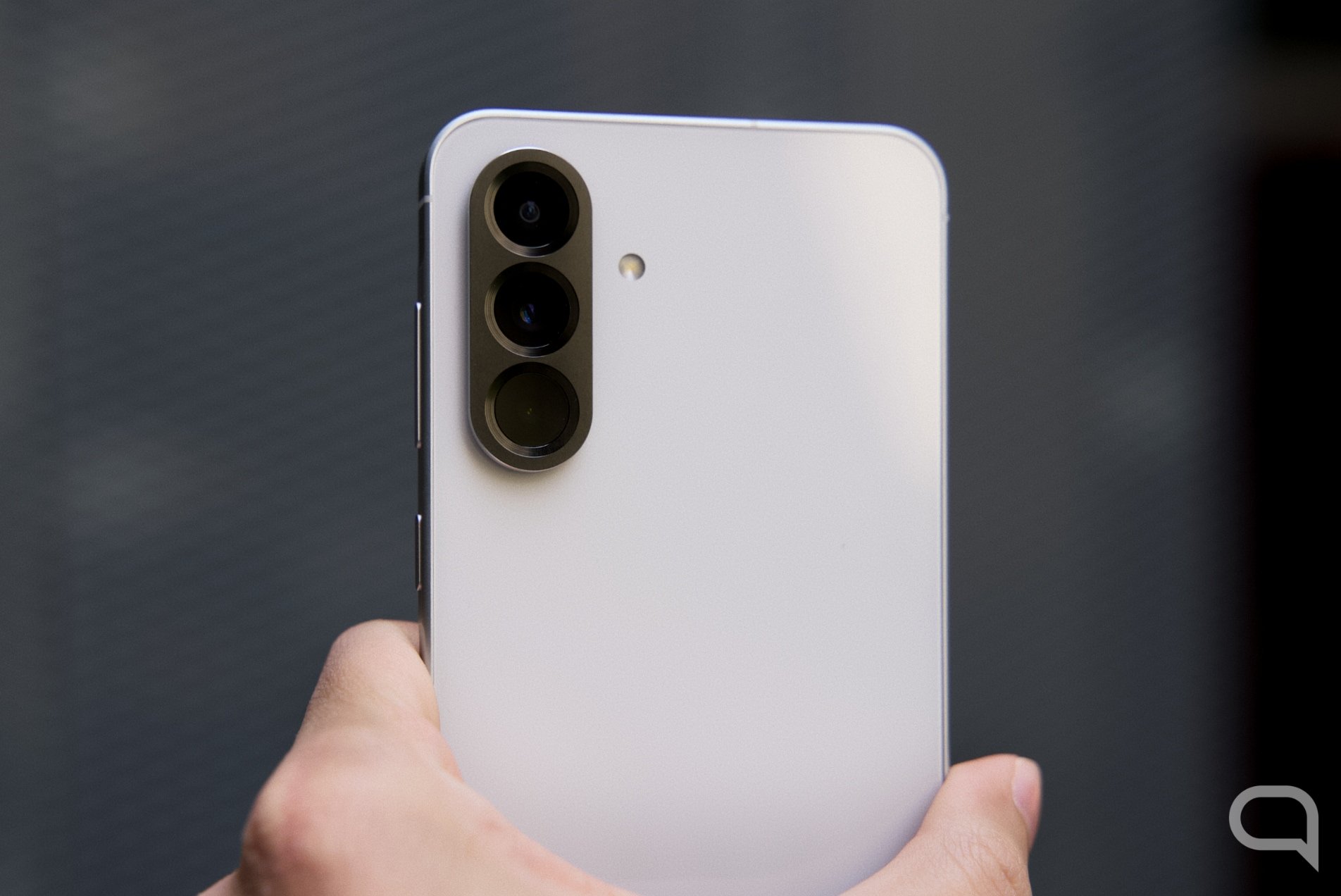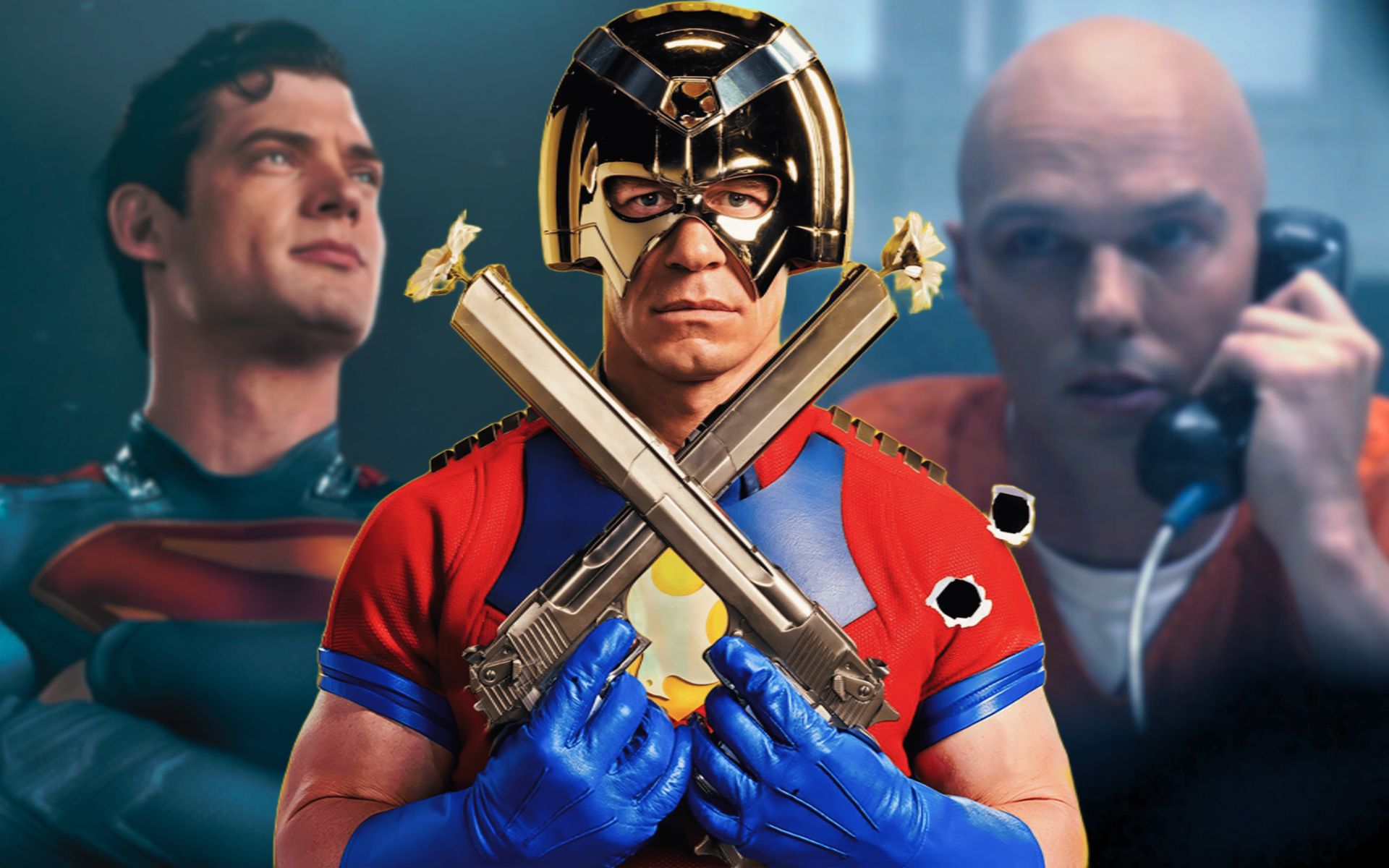Mental illnesses are an elusive mystery because they affect the functioning of the brain, mind and consciousness. Three elements that we are still very far from fully understanding. Although the human heart, lungs or kidneys no longer hold many secrets, our brain still resists deciphering. Fortunately, many brilliant people dedicate their lives to this work. The geniuses we will talk about today managed to invent a “happiness button” for those who suffer from severe depression.
This is about Deep Brain Stimulation or DBS. A medical process that involves implanting electrodes into the brain so that they produce electrical impulses that, when in contact with specific areas, benefit the patient. The amount of electrical stimulation is controlled by a pacemaker-like device that is placed in the chest and connected to the brain via a wire. This method is successfully used to treat Parkinson’s disease.epilepsy, Tourette syndrome and obsessive-compulsive disorder. As it evolves, more and more applications are found for it.
It sounds like a story straight out of science fiction, but dozens of people claim to have experienced an emotional transformation after being implanted with a happy button (as the device is often called). After years of unhappiness, some have found themselves on the verge of suicide. Deep Brain Stimulation It gave them back the will to live.
The Story of Wu Xiaotian
Wu Xiaotian used to be unhappy. For 16 years, he struggled with the overwhelming feeling that nothing mattered. From the age of 15, he felt that he lacked the will to live, and this led him to despair.. However, I still hoped that one day I would feel some relief, even if it was only a 20% improvement. After the happiness button implantation, Wu claims that his condition improved by 80%.
The operation of this futuristic device is fascinating. Identify patterns in brain activity associated with depression and automatically interrupt themTo do this, it stimulates specific areas of the nucleus accumbens, a brain region associated with many functions such as motivation, stress response, reward, etc. While researchers in other countries use a single-target interface, researchers at Ruijin Hospital in Shanghai can stimulate up to sixteen different points in the brain.
In China, the technology is only available to people with severe depression. That is, the people participating in the clinical trials had been depressed for many years. They had hoped for many different treatments but had not achieved long-term improvement.. And so they attempted suicide. Wu tried it by inhaling coal smoke. He also has scars on his wrists, the result of another assassination attempt.

A real miracle of science
Wu likes to strap the device’s charger to his chest. because he says the green light he emits makes him feel like the superhero Iron Man.. Both owed their lives to a miracle of technology. But his parents couldn’t understand why he was willing to undergo a life-threatening operation. His mother promised to support him for the rest of his life if he forgot about the operation. to which his son replied that he lives every day in a prison built by demonsThe procedure was his only hope.
The operation was a complete success. The day came when they turned on the machine for the first time. The investigators were in the hospital room, all their attention focused on Wu. In an instant, Wu felt the life force he had been missing for sixteen years reborn within him.her sadness disappeared and her eyes filled with tears. The scientists began experimenting with sixteen different points in the brain to see which combination worked best for the patient. Wu was able to pinpoint the exact moment when the electrical stimulation changed. Because suddenly he felt agitated until he cried, and with another combination he felt like he had been stabbed in the back.
For a few days, Wu felt completely happy. Until the ancient demons returned. Then he was filled with fear, wondering if it had all been in vain. The reality was that the researchers were alternating possible impulses, hoping to find a long-term solution to their emotional problems. After many experiments, they found the right combination. Wu believes that at that moment his second life began..

New life
Wu developed a daily routine that allowed him to live the life he had always dreamed of. Over time, he discovered that If he kept the device in happy mode all the time, eventually his suffering would come back to haunt him.. The solution was to alternate between the routine that freed him from all worries and what he calls “rest mode,” which allows negative thoughts to return. According to the patient, this gives his brain space to produce chemicals responsible for happiness. When he gets up, the first thing he does is change modes, and thus start the day with a smile.
This story is so encouraging that it is hard to believe. Researchers can apparently (with the help of a device) control the patient’s emotional states at will. That is, mind control has become a reality. Therefore, the development Deep Brain Stimulation This could mean the end of many mental illnesses. However, it is very easy to imagine how this technology could be used for evil. The question is: What does it mean for the human condition that our emotions can be controlled by simple electrical impulses?
Source: Hiper Textual













